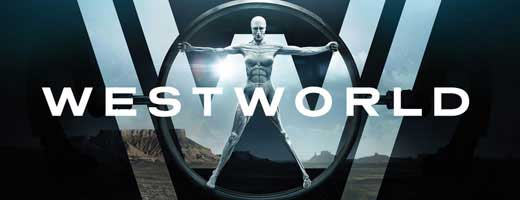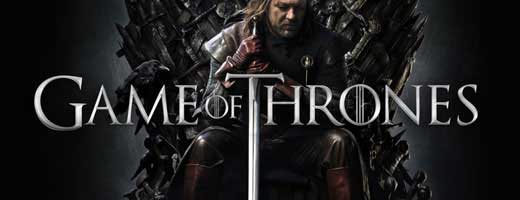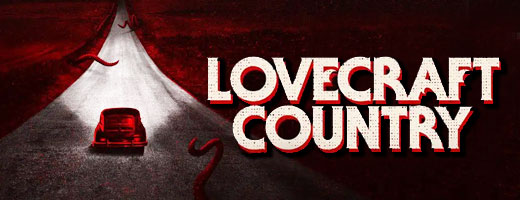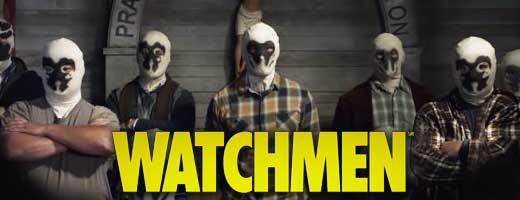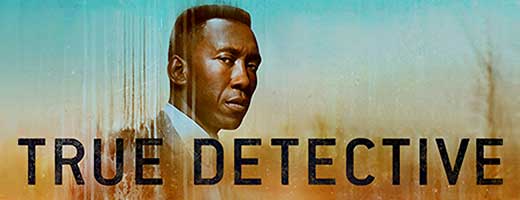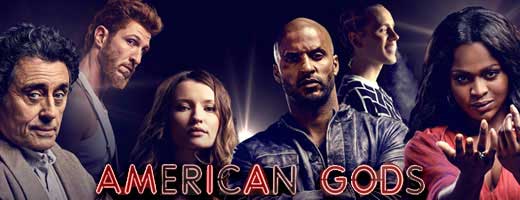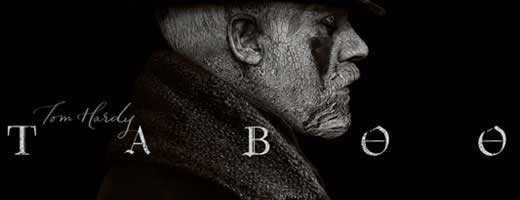A big PS

Have a Theory? Share It Now!
As it turns out, I actually sent you guys a message 2 years ago (one of my 1st) analyzing Hieronymus Bosch’s works and how they correspond to Westworld seasons 1 and 2. Here’s a copy of that email, and I believe there may be some links mixed in with it.
On Sun, Jun 24, 2018, 2:44 PM Derek English wrote:
Thanks for the hard work this season. I think your show adds so much to the whole experience.
Re-watching some clips from season 1, I noticed a name Lee Sizemore mentions-Hieronymus Bosch. I knew he was an artist but wasn’t familiar with his works in detail. So, out of boredom, I did some research…
It turns out, the narratives in Westworld are almost an EXACT re-telling of his works. It is SCARY accurate. The instances are so numerous that I could write a thesis on it, but I will touch on a few key works that are in-your-face parallels (all are copy/paste from Wikipedia…thanks, all knowing internet people)
The Wayfarer: The character has been interpreted as choosing between the path of virtue at the gate on the right or debauchery in the house on the left, or as the prodigal son
The Conjurer (aka the MAGICIAN): Bosch depicts how people are fooled by lack of alertness and insight, creating a “spellbinding tension” that reappears in his later paintings.[1]
Cutting the Stone: The painting depicts the extraction, by a man wearing a funnel
Garden of Earthly Delights: Scholars have proposed that Bosch used the outer panels to establish a Biblical setting for the inner elements of the work,[6]
The Haywain Triptych: The exterior of the shutters, like most contemporary Netherlandish triptychs, were also painted, although in this case Bosch used full colors instead of the usual grisaille
According to the most recent interpretations, this figure may represent the man who follows his road in spite of the temptation of sins (such as lust, perhaps symbolized by the two dancing shepherds) and the evil acts occurring around him.
The list goes on and on….check out some of his paintings (most come in 3 parts, and tell a story) and let me know what you think. The references to the MAGICIAN and the WAYFARER come up in several (Ford and William). Lawrence would be the hanged man. Dolores would be Eve. The boy with the stick would be Young Ford (robot).
Derek English
Subscribe Now
- Android: https://shatpod.com/tv/westworld-android
- Apple/iTunes: https://shatpod.com/tv/westworld-itunes
Help Support the Podcast
- Contact Us: https://www.shatpod.com/contact
- Commission Movie: https://www.shatpod.com/support
- Support with Paypal: https://www.shatpod.com/paypal
- Support With Venmo: https://www.shatpod.com/venmo
- Shop Merchandise: https://www.shatpod.com/shop
- Shop Amazon With Our Affiliate Link – https://www.amazon.com/?tag=shatmovies-20
- Theme Song – “The Ecstasy Of Gold” (Hip Hop Instrumental Version) by Dj 2 Bad
- Outro Music – By Simon Eric Haywood
